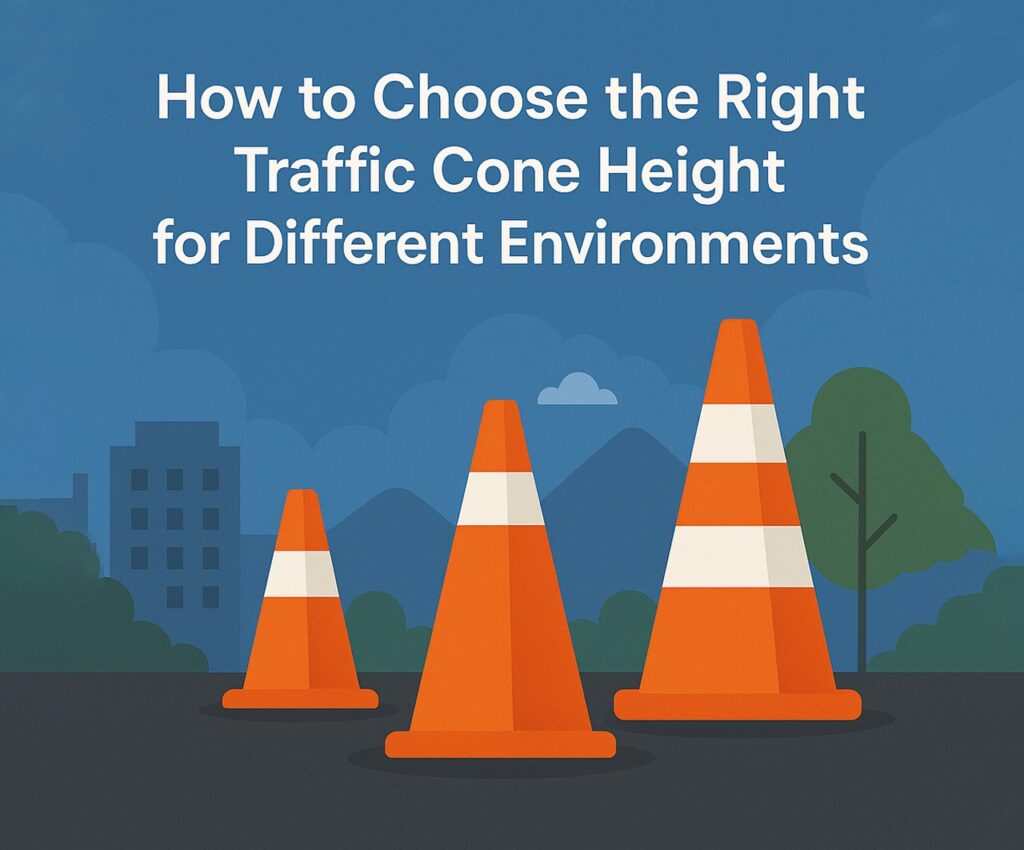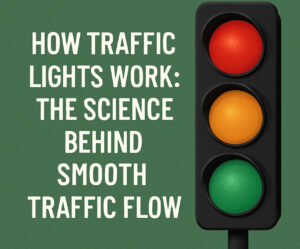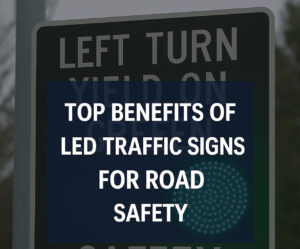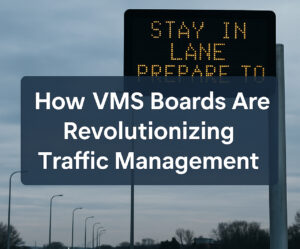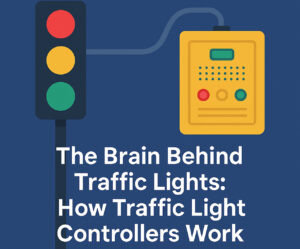Choosing the right traffic cone height isn’t just a matter of picking the tallest or brightest option available. It’s about matching the cone to its environment and use-case. Whether you’re placing a traffic cone on road construction zones, designing custom traffic cones for specific projects, or sourcing 28 inch traffic cones for standard traffic control, understanding the differences in size, visibility, and application can make a big impact on effectiveness and safety.
In this guide, we’ll break down the most common traffic cone sizes, how to choose the right one, and why height matters more than you might think. You’ll see the role of traffic cone on road scenarios, when to use custom traffic cones, and how 28 inch traffic cones are often the go-to size for many urban and suburban situations. Know more..
Why Cone Height Matters
Traffic cones aren’t one-size-fits-all. The height of a cone determines its visibility, how it withstands wind or vehicle turbulence, and whether it complies with local and federal regulations. For instance, traffic cone on road applications typically require taller cones that are visible from a distance, especially at highway speeds.
Using cones that are too short may mean drivers or pedestrians don’t see them in time to react appropriately. On the other hand, cones that are too tall for indoor or low-speed areas may be overkill and harder to maneuver or store.
Standard Traffic Cone Heights
Here are the most common traffic cone heights and their typical uses:
12-Inch Cones
- Use: Indoor settings, low-speed areas like parking lots
- Advantages: Lightweight, easy to stack and store
- Disadvantages: Poor visibility outdoors or at night
18-Inch Cones
- Use: School zones, crosswalks, temporary pedestrian markers
- Advantages: Portable but more visible than 12-inch
- Disadvantages: Not recommended for high-speed roads
28 Inch Traffic Cones
- Use: Standard size for urban streets and traffic cone on road projects
- Advantages: Excellent balance of visibility and portability
- Disadvantages: Slightly heavier, requires more storage space
36-Inch Cones
- Use: High-speed roads, highways, long-term projects
- Advantages: Maximum visibility
- Disadvantages: Bulkier and heavier to move and store
Choosing the Right Cone for the Environment
Let’s walk through different environments and which traffic cone height is best suited for each.
1. Urban Streets
When placing a traffic cone on road in city settings, 28 inch traffic cones strike the right balance between visibility and ease of use. These are typically required by DOT regulations for areas with speed limits of 45 mph or below.
- Ideal for lane closures, utility work, and event management
- Often combined with reflective collars for nighttime visibility
2. Highways
High-speed roads demand the tallest cones. 36-inch traffic cones are most often used in these zones. Their added height and weight help them resist tipping in wind gusts caused by fast-moving vehicles.
- Must include reflective tape per FHWA regulations
- May need weighted bases for additional stability
3. Parking Lots
In controlled environments like parking lots, 18-inch or even 12-inch cones can do the job. If the cones are being used for short-term or indoor use, height isn’t as critical.
- Great for directing pedestrian flow
- Easy to move, low storage footprint
4. Custom Applications
For branded events, crowd control, or unique needs, custom traffic cones can be fabricated in any height. Businesses often choose to print logos or warnings on cones, especially if the cones double as branding tools.
- You can select size based on visibility needs and branding space
- Great for construction companies, utility providers, or schools
What About Reflective Tape and Color?
Height is just one piece of the puzzle. Most jurisdictions require reflective collars on cones 28 inches or taller if used at night or in low-visibility conditions. Combined with vibrant orange, yellow, or even green materials, these reflective elements enhance safety.
Custom traffic cones can be produced in non-standard colors or with specific text and symbols to meet your exact needs. However, the base color should remain highly visible.
Material Considerations
Regardless of cone height, materials also impact safety and durability:
- PVC Cones: Flexible, weather-resistant, commonly used in traffic cone on road scenarios.
- Rubber Base Cones: Weighted to resist tipping.
- Recycled Plastic: Eco-friendly and durable.
Choose materials based on how often the cones will be deployed, stored, or transported.
Compliance and Standards
The Manual on Uniform Traffic Control Devices (MUTCD) provides guidelines for traffic cone usage:
- Cones on roads over 45 mph must be 36 inches tall
- Must include reflective tape in certain lighting conditions
- 28 inch traffic cones are standard in many municipalities
Custom sizes may still comply, but always confirm with local authorities.
Storage and Transport
Taller cones can be bulkier and require more space. Consider your transport logistics:
- 28-inch cones typically stack neatly in groups of 10
- 36-inch cones need deeper stacking carts or storage bins
Smaller cones are great for compact storage, but may limit their effectiveness depending on the environment.
When to Use Custom Traffic Cones
Custom cones aren’t just a branding gimmick. They can be designed to fit specific needs:
- Unique color schemes for restricted areas
- Logos for company branding
- QR codes for scanning safety instructions
Custom traffic cones are popular for:
- Event management
- Construction contractors
- Schools and universities
- Utility companies
Final Checklist Before Choosing
- Assess the Environment: Is it indoor, low-speed, or high-speed?
- Review Regulations: Are there size or visibility requirements?
- Choose the Height: Match visibility needs to one of the standard sizes
- Think Beyond Size: Consider reflectivity, weight, and material
- Decide on Customization: Do you need branding or extra features?
Conclusion: The Right Cone for the Job
Choosing the right traffic cone is more than just picking orange plastic. From managing a traffic cone on road project to deploying custom traffic cones at an event, or using reliable 28 inch traffic cones for routine urban work, every inch counts. A properly chosen cone enhances visibility, promotes safety, and ensures compliance with regulations.
Whether you’re a contractor, city planner, or safety manager, knowing how cone height affects function helps you make better choices. With the right height and customization, your cones won’t just blend in—they’ll do their job effectively.

